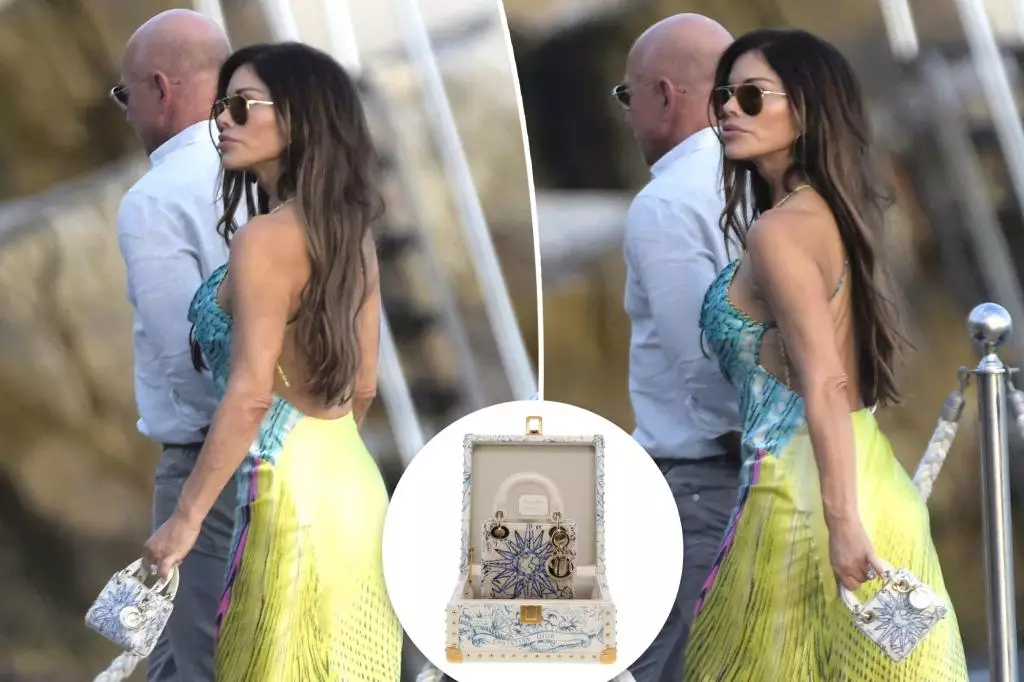In today’s world, fashion is far more than just clothing; it’s a language of wealth, taste, and influence. Lauren Sánchez’s recent appearance in Europe exemplifies this shift, where even a modest event becomes a display of opulence through carefully curated accessories. Her choice of an exclusive Dior micro bag, combined with a vintage Roberto Cavalli gown, signals a deliberate statement: luxury isn’t just about necessity but about the art of displaying one’s status with subtlety and extravagance. This approach to fashion celebrates the idea that accessories can elevate an entire look, transforming it into an emblem of personal success and sophistication. Sánchez’s selection of high-priced, limited-edition pieces underscores how modern elites leverage rare items to differentiate themselves in a crowded, brand-obsessed culture.
The Significance of Rare and Limited-Edition Items
What makes Sánchez’s accessories truly remarkable isn’t just their price tags but their exclusivity and symbolism. The Dior micro bag, inspired by a childhood mosaic, encapsulates the idea of carrying a piece of art—an heirloom that bridges personal history with contemporary luxury. Its rarity, coupled with a price of over $15,000, amplifies its desirability, transforming it into a legendary collectible. Similarly, her Hermès Kelly Midas, a testament to craftsmanship and artistry, isn’t merely a handbag but a symbol of ultimate achievement. The fact that she likely acquired this piece during a private shopping event reveals a keen understanding of luxury consumption as a private, almost ritualistic act. Such items are no longer mere accessories; they are investment tokens, tokens of social capital that can grow in value and prestige over time.
The Cultural Shift Toward Conspicuous Consumption
Lauren Sánchez’s display of wealth through her fashion choices highlights a broader cultural evolution. In an era where social media amplifies every detail of personal style, conspicuous consumption has become a strategic act. Wearing limited-edition items like Dior’s “Rêve d’Infini” or an exotic Hermès Kelly isn’t just about aesthetics; it’s about making a statement to the world—proof of emotional, social, and financial capital. This phenomenon begs a critical question: has luxury become less about personal enjoyment and more about status signaling? Sánchez’s collection, punctuated by her strategic choices, underscores how luxury brands have transformed into cultural badges that communicate power, influence, and taste.
The world of ultra-luxury accessories is a theater of symbolism where rarity, craftsmanship, and intentional display converge. Sánchez’s choices reflect an understanding that in contemporary culture, possessions are as much about storytelling as they are about utility. The asymmetry of a tiny purse with a six-figure price reveals a nuanced narrative: that true elegance often lies in subtlety, where a petite bag encapsulates an entire ethos of luxury. Her curated collection emphasizes that in the realm of high fashion, investing in rare and meaningful pieces is both a personal delight and an enduring statement of one’s position in society.

